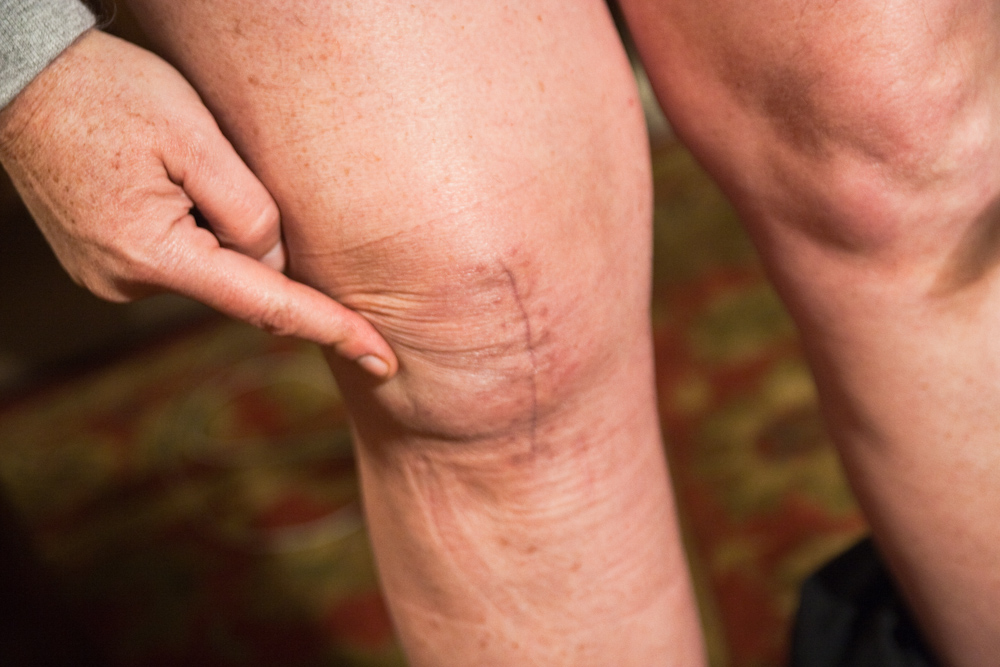As individuals age or face joint-related conditions, persistent knee pain and limited mobility can significantly impact daily activities and overall well-being. The challenges associated with compromised knee function can lead to a decline in physical activity, social interaction, and productivity. Joint replacement surgery presents a viable option for those seeking long-lasting relief and improved functionality.
What Conditions Benefit From Joint Replacement?
Joint replacement surgery is often recommended for individuals whose knees have been severely affected by joint conditions. Chronic conditions such as osteoarthritis and rheumatoid arthritis are among the most common causes that lead patients to seek this procedure. Osteoarthritis is characterized by the gradual wear and tear of cartilage in the knee joint. Rheumatoid arthritis involves inflammation that damages cartilage and surrounding tissue. Another condition, post-traumatic arthritis, can develop after severe knee injuries. These injuries include fractures or ligament tears, which lead to chronic pain and reduced mobility over time. Symptoms that indicate the possible need for a knee replacement may include persistent pain, stiffness that restricts the knee’s range of motion, or difficulty performing routine activities. Individuals who experience disrupted sleep or a diminished quality of life due to knee pain are also candidates for exploring surgical options.
What Does the Process Involve?
Knee replacement surgery involves replacing the damaged areas of the knee joint with artificial implants. These implants are often made from durable materials such as metal and ceramic. They are designed to mimic the natural movement of the knee and provide long-term functionality. Depending on the severity of the joint damage, patients may receive a total knee replacement, involving the entire joint. A partial knee replacement targets specific damaged areas while preserving healthy structures. Physical therapy is an integral part of rehabilitation, helping patients regain strength and flexibility in using their new knee.
What Are the Benefits?
For individuals experiencing substantial limitations due to knee joint issues, replacement surgery can produce significant improvements. One of the primary benefits is the alleviation of long-standing pain that interferes with daily routines. Pain relief following surgery is often accompanied by an increase in mobility, allowing individuals to return to activities they may have avoided for years.
Enhanced joint function can also contribute to improved posture and balance, reducing the likelihood of falls or additional joint injuries. Many who undergo knee replacement surgery may experience an overall improvement in their quality of life. This can include better sleep due to the absence of pain and opportunities to travel more comfortably.
Confer With an Orthopedic Specialist
Knee replacement surgery can be a transformative solution for those managing persistent pain and limited mobility caused by joint damage. The process involves several steps. Each stage is designed to support the goal of offering comfort and restoring active living to those struggling with knee-related conditions. A discussion with a specialist can provide the personalized guidance needed to make informed decisions about your joint health. Whether exploring surgery or learning more about alternative treatments, a supportive care team can guide you towards a plan tailored to your needs.


Leave a Reply